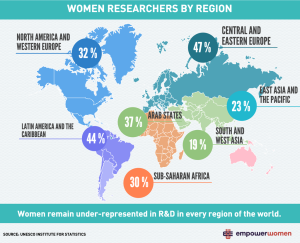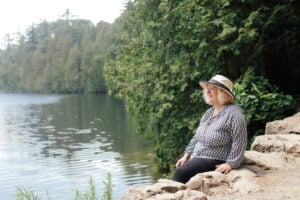Determining the height of a landscape can often be important — for someone managing water resources, for instance, even a small miscalculation could translate into a stream flowing in an unexpected direction. Canada, however, relies on an archaic height-measuring system established in 1928 that’s fraught with potential error. But that’s about to change.
Next year, Canada will adopt a new method of measuring heights: the Canadian Geodetic Vertical Datum 2013 (CGVD2013). Using gravity measurements obtained by satellite to determine sea level across the country, this system will provide more precise results than the 80,000 bronze medallions scattered across the country that act as reference benchmarks.
Currently, to determine the height of the area in which they’re working, surveyors must locate these medallions, which are cemented into the ground, in posts or in other monuments, and reference them in a database. But the medallions are subject to weathering and degradation, as well as the slow shifting of the ground, and many of them can no longer be located.
“They’re established only along roads and railways, because those were the only locations operators could manoeuvre,” explains Pierre Héroux, section head of geodetic analysis and development with Natural Resources Canada. Therefore, while most of southern Canada is covered, much of the North is without any established measurement system.
CGVD2013 will employ a model called the geoid, which takes into account variations in gravity’s pull at the Earth’s surface. The result is a more dynamic, lumpy representation of sea level — a more accurate model than its smooth, simple counterpart and one that can be obtained from GPS coordinates anywhere in the country.
According to Héroux, using the updated geoid model not only will be costeffective — calculating gravity using satellites is less labour-intensive than physically surveying the land — but will also be more accurate for those who need to determine things within a small margin of error, such as water levels.




